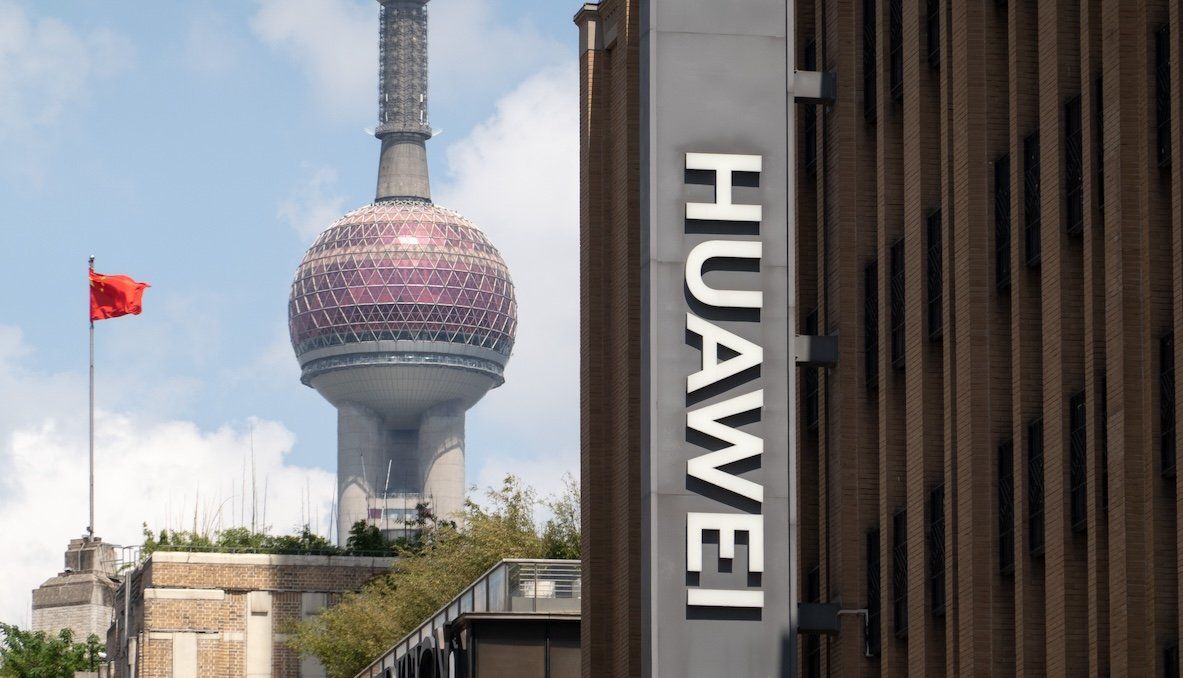The logo of Huawei's global flagship store is displayed in the Huangpu district of Shanghai, China.
Costfoto/NurPhoto via Reuters
Huawei, the Chinese technology giant, has set its sights on challenging US chipmaker Nvidia for global dominance. The company intends to ramp up production of its Ascend 910C chips in the first quarter of 2025 despite facing manufacturing hurdles.
The US government under President Joe Biden has imposed significant export controls not only on US-made chips but also on semiconductor manufacturing equipment necessary for Huawei to mass produce its own chip designs. US rules have largely cut Huawei off from the most powerful machines made by Dutch lithography company ASML, which essentially makes stencils to imprint miniature designs on chips for mass manufacturing, and TSMC, the world’s largest contract chipmaker. (The US Commerce Department is investigating how Huawei chips recently ended up on TSMC assembly lines.) Instead, Huawei relies on the Chinese chip manufacturer SMIC, which uses less powerful models of ASML machines.
But despite Huawei’s ambitions, Reuters reports that the company has been struggling with these restrictions to make effective chips at scale. For the Ascend 910C, the yield rate — the percentage that comes off manufacturing lines fully functional — is reportedly only 20%, while experts say a 70% yield rate is needed to be commercially viable. China’s top chip designer will need to make a breakthrough with limited resources to make good on its public promises to compete with Nvidia.